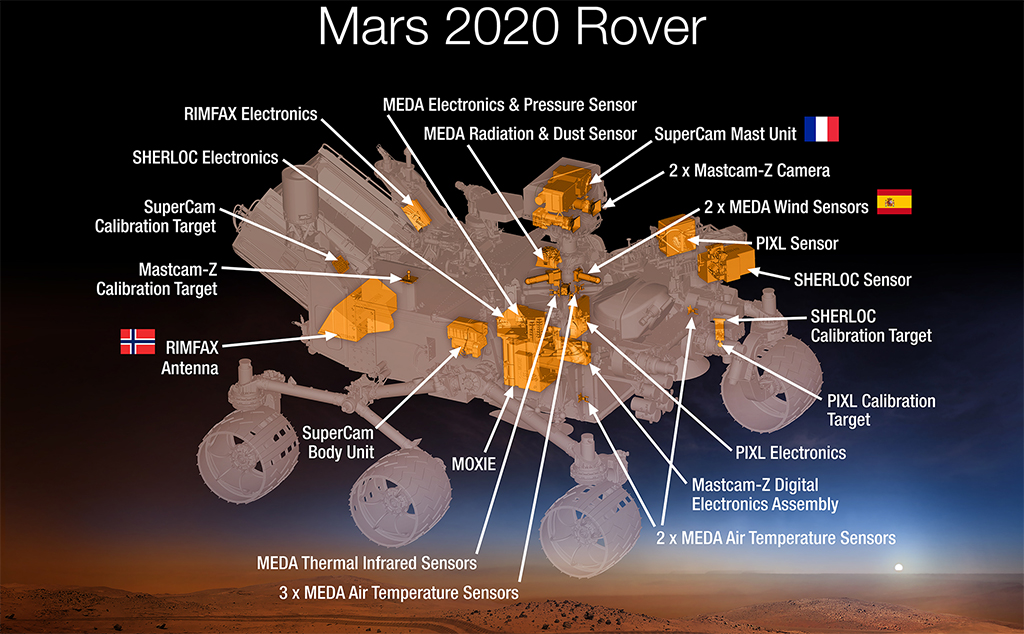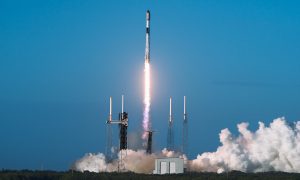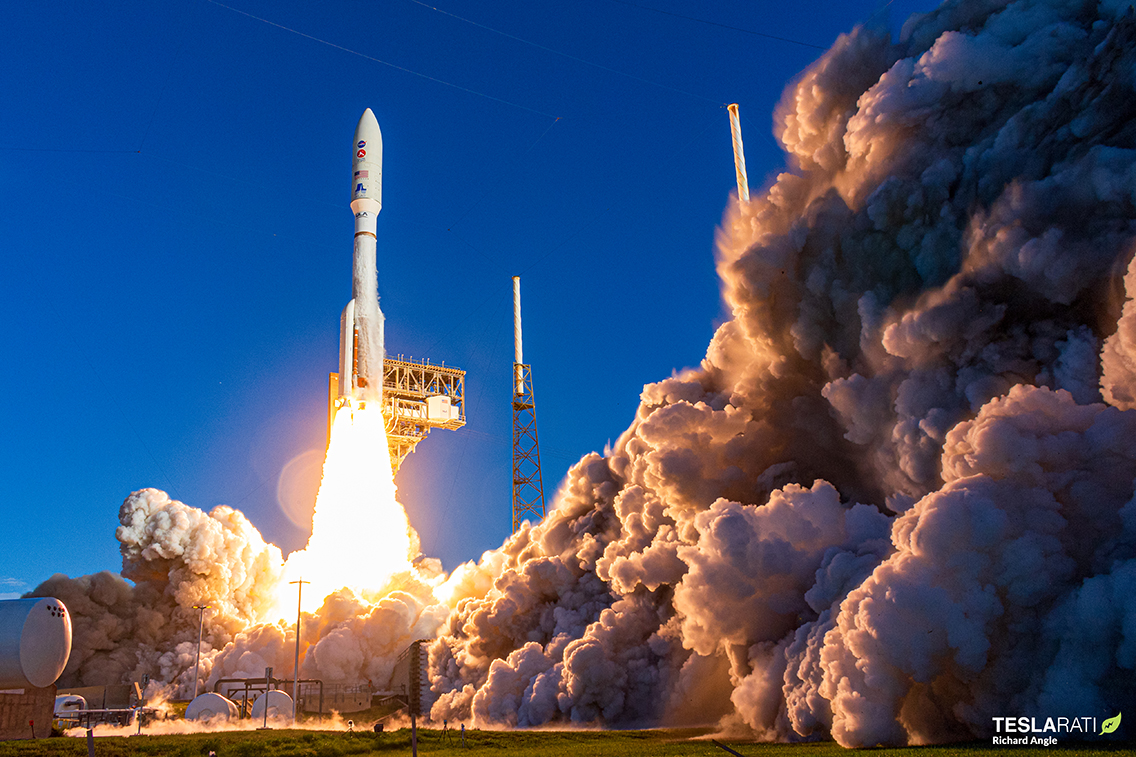

Space
NASA’s Mars Rover blasts off on ULA rocket for mission to the red planet
The summer of worldwide Mars missions saved the best for last with the successful launch of NASA’s most advanced rover ever. Following on the heels of the successful launches of China’s Tianwen-1 Mars spacecraft and the United Arab Emirates Hope Mars mission, NASA joined the 309 million miles (497 million kilometers) interplanetary journey to the Red Planet with the successful launch of the Mars 2020 Perseverance mission. Safely secured to the top of a mighty United Lunch Alliance Atlas V 541 rocket and Centaur upper stage, NASA’s car-sized Perseverance rover – and accompanying Ingenuity helicopter – left Earth on Thursday morning (July 30) in spectacular fashion. Getting off this planet, however, is only the beginning.
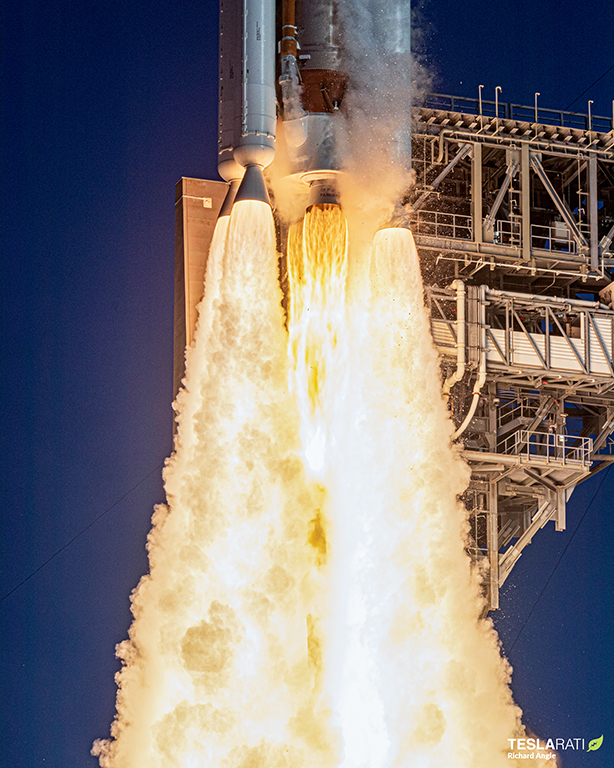
Why go to Mars again?
The Mars 2020 Perseverance mission is perhaps NASA’s most ambitious Mars mission. Formally announced in 2012, the then-unnamed Mars 2020 rover would be tasked with studying the Red Plane in a way that had never been attempted before. It would be collecting samples for eventual return to Earth in search of finding evidence of ancient microbial life.
NASA’s 2012 Curiosity mission uncovered the fact that Mars was rich in material that could have potentially supported microbial life once upon a time. Now, eight years later, the Perseverance mission will hunt for and collect the evidence to back up that claim.
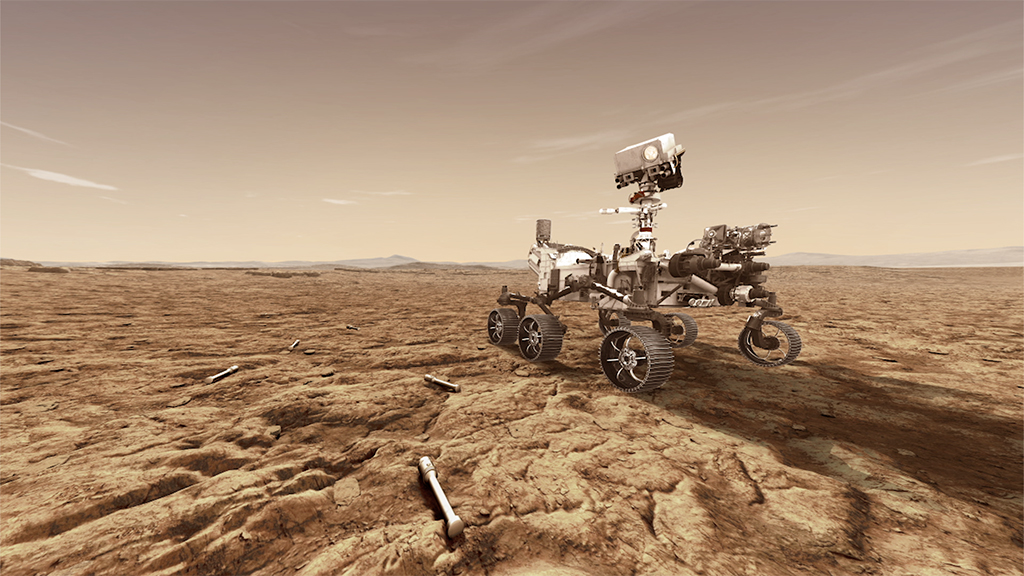
A rover tasked with such an important astrobiological mission required NASA to develop the most technologically advanced range of scientific instruments that had ever been sent to Mars. As described by NASA, Perseverance is outfitted with seven different “state-of-the-art tools for acquiring information about Martian geology, atmosphere, environmental conditions, and potential signs of life (biosignatures).” Perseverance will be the first rover to collect and cache samples of the Martian surface to later be collected and eventually returned to Earth by future joint NASA and European Space Agency missions.
It is also the first rover to travel to Mars with a vast array of high-definition cameras with advanced imaging capability. Perseverance will also carry high-definition microphones with it, allowing, for the first time, the sounds of Mars to be captured. This will include the ability to hear entry, descent, and landing from the point of view of the rover, as well as the sound of what it’s like to drive over the Martian terrain.
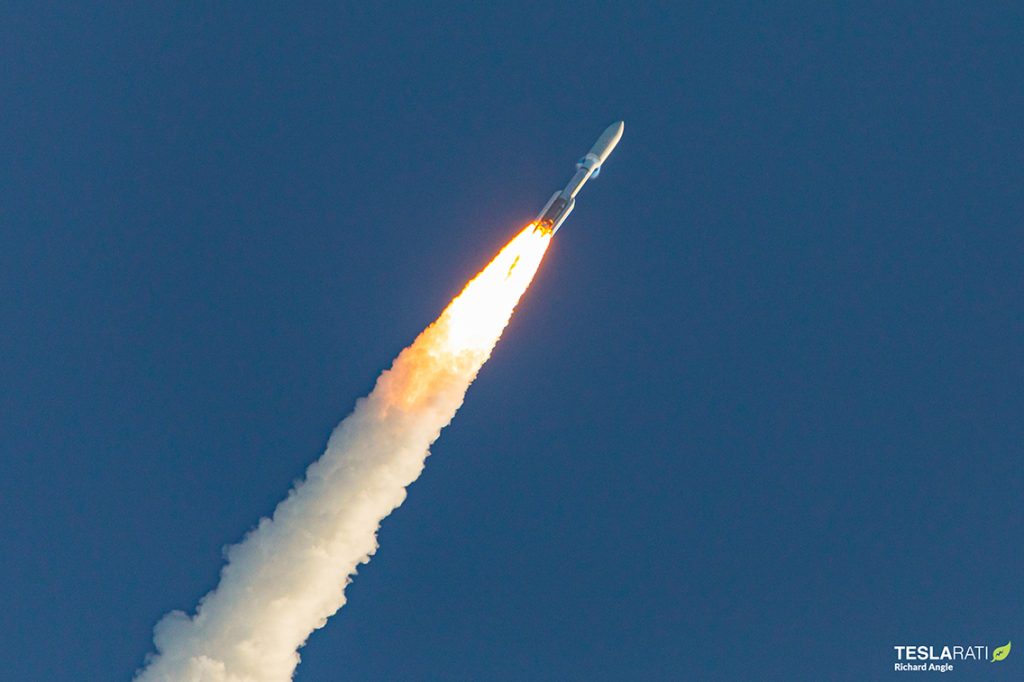
Perseverance also carries with it two demonstration missions. Onboard is MOXIE, or the Mars Oxygen ISRU Experiment, designed to test technology that can convert carbon dioxide in the Martian atmosphere into oxygen – an important precursor experiment to one day sending humans to Mars. Also aboard is Ingenuity, the first-ever rotorcraft – or helicopter – designed to fly on another planet. Ingenuity will test the effectiveness of rotorcrafts on other planets with different atmospheric and gravitational makeup than Earth to perhaps one day serve as planetary observational crafts or delivery systems.
Leaving Earth was the easy part, sort of
A major challenge that faced the Mars 2020 mission was completing final integrations during the global Coronavirus pandemic, which required most NASA and JPL personnel to work from home. NASA LSP senior launch director, Omar Baez, stated that “I never would have thought that a launch director would be working from home and I’ve done that for the last five months.” He went on further to state that “It’s humbling to see how our whole team from the range, to our partners at JPL, to our partners at ULA, to our folks at headquarters – how we all had to adjust to work in this environment, to work electronically.” Although challenging, the Mars 2020 mission persevered to overcome the obstacles and meet the targeted launch date.
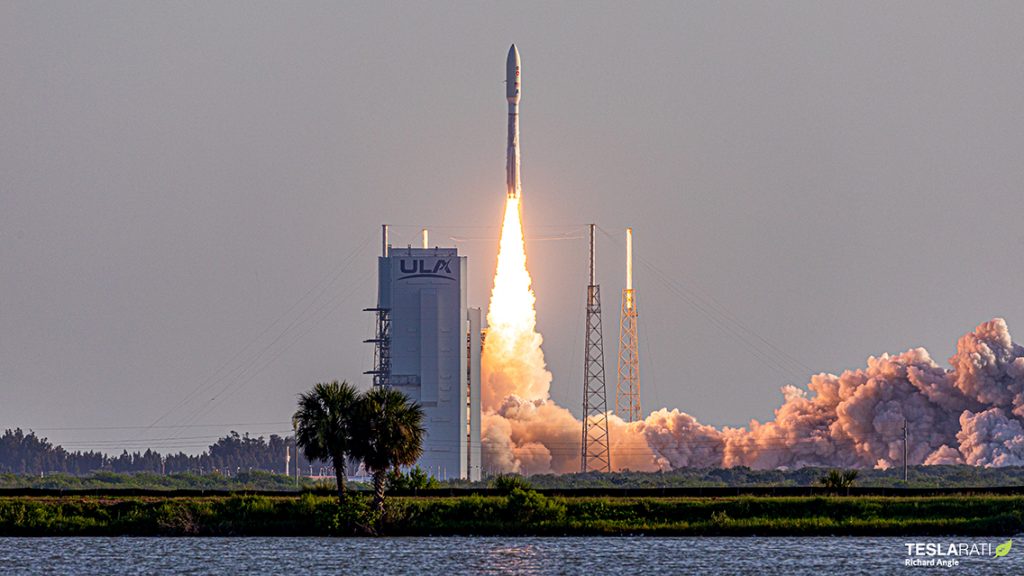
The Mars 2020 mission initially targeted a July 18th liftoff at the very opening of the available one-month interplanetary launch window. The mission did suffer a few minor setbacks during the integration phase when ULA had to take a few days to address an issue with a crane at the Vertical Integration Facility pushing the launch date to July 22nd. Then, as explained in a statement provided by NASA the launch date suffered another delay, this time eight days to July 30, “due to launch vehicle processing delays in preparation for spacecraft mate operations.”
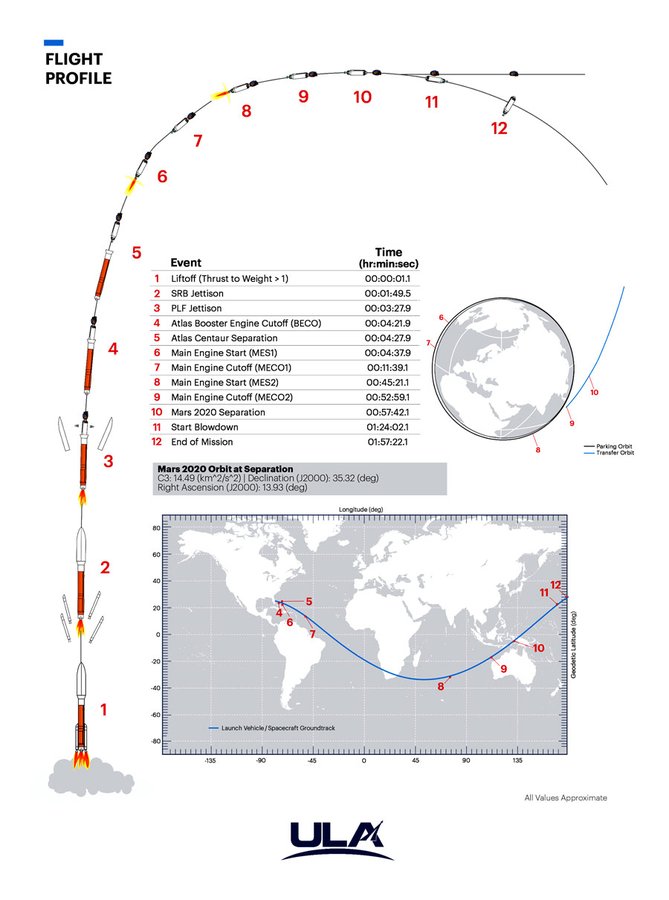
The ULA Atlas V in its 541 configuration consisting of a common core booster and four solid rocket motors fully stacked with the precious payload stood 197 feet (60 meters) tall. The Atlas V 541 provided 2 million lbs of thrust rocketing the spacecraft east away from Florida over the Atlantic Ocean. After approximately ninety seconds of flight, the solid rocket motors burned out, separating away from the booster followed quickly by stage separation. The Centaur upper-stage was the workhorse of the mission left to deliver the Mars 2020 payload to its Earth parking orbit.
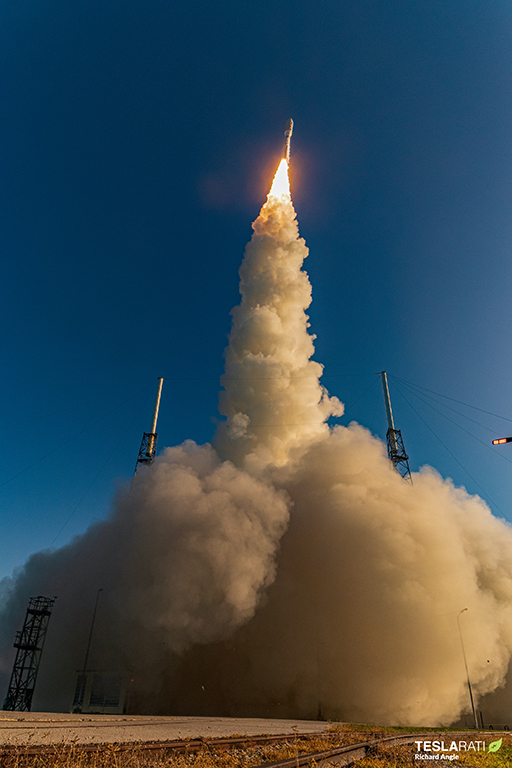
After a coast phase lasting about 30 minutes, the upper-stage Centaur performed another eight-minute long nominal burn delivering the payload to a heliocentric – or solar bound, rather than Earthlocked – orbit for the Trans Mars Injection maneuver lining it up to intercept with Mars in February 2021. Upon spacecraft separation and successfully propelling the Perseverance mission onward to Mars, the Centaur upper-stage performed what is called a blowdown maneuver for planetary protection, ensuring that it would miss Mars. Twenty minutes later, the Perseverance spacecraft initiated its transmitter to communicate with Earth, and a good acquisition of signal was received by NASA’s international array of giant radio antennas, the Deep Space Network.
The Perseverance rover and Ingenuity helicopter are expected to continue on the journey to the Red Planet and attempt entry, descent, and landing on February 18, 2020.
News
SpaceX Ax-4 Mission prepares for ISS with new launch date
SpaceX, Axiom Space, and NASA set new launch date for the Ax-4 mission after addressing ISS & rocket concerns.
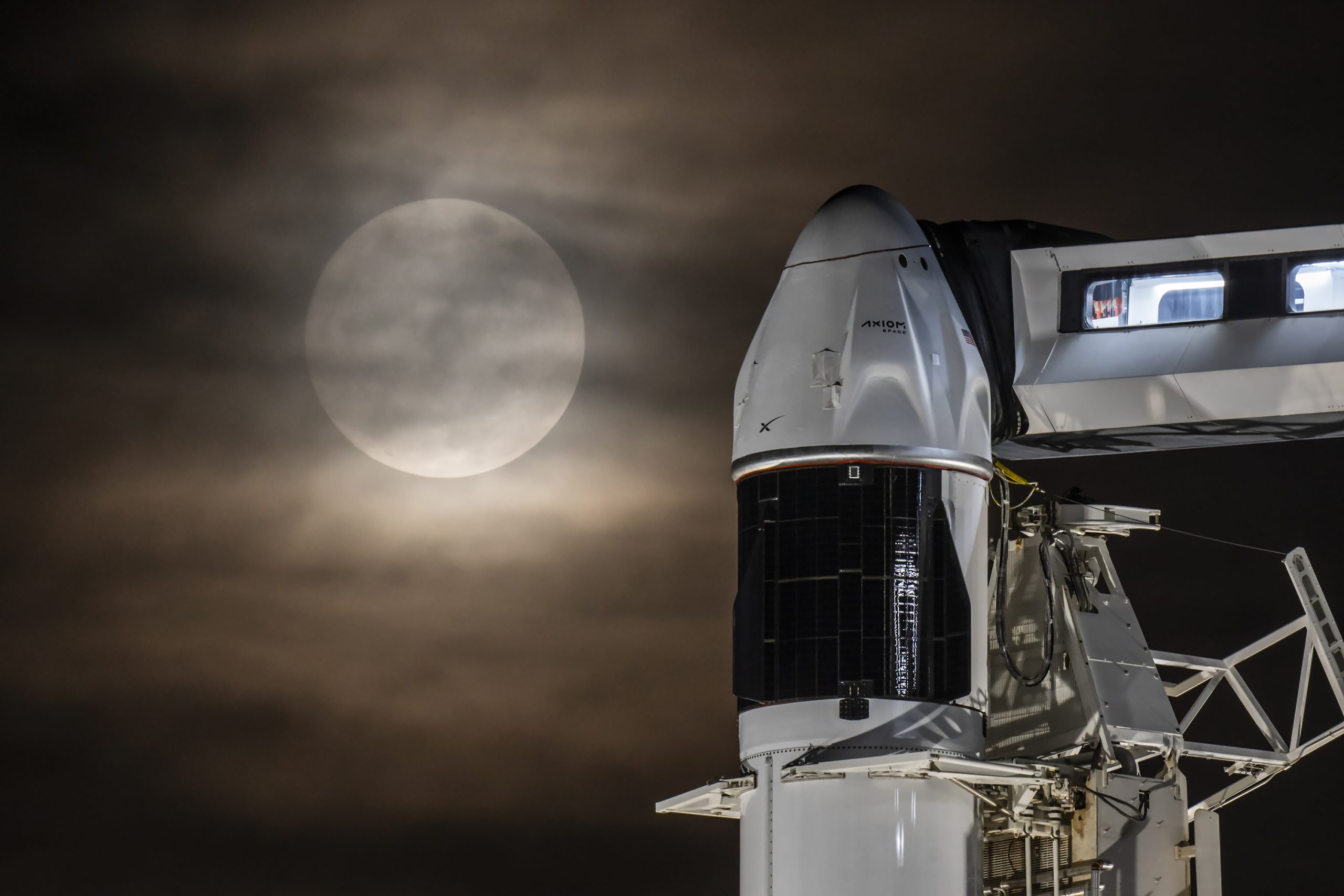
SpaceX is preparing for a new launch date for the Ax-4 mission to the International Space Station (ISS).
SpaceX, Axiom Space, and NASA addressed recent technical challenges and announced a new launch date of no earlier than Thursday, June 19, for the Ax-4 mission. The delay from June 12 allowed teams to assess repairs to small leaks in the ISS’s Zvezda service module.
NASA and Roscosmos have been monitoring leaks in the Zvezda module’s aft (back) segment for years. However, stable pressure could also result from air flowing across the hatch seal from the central station. As NASA and its partners adapt launch schedules to ensure station safety, adjustments are routine.
“Following the most recent repair, pressure in the transfer tunnel has been stable,” a source noted, suggesting the leaks may be sealed.
“By changing pressure in the transfer tunnel and monitoring over time, teams are evaluating the condition of the transfer tunnel and the hatch seal between the space station and the back of Zvezda,” the source added.
SpaceX has also resolved a liquid oxygen leak found during post-static fire inspections of the Falcon 9 rocket, completing a wet dress rehearsal to confirm readiness. The Ax-4 mission is Axiom Space’s fourth private astronaut trip to the ISS. It will launch from NASA’s Kennedy Space Center in Florida on a Falcon 9 rocket with a new Crew Dragon capsule.
“This is the first flight for this Dragon capsule, and it’s carrying an international crew—a perfect debut. We’ve upgraded storage, propulsion components, and the seat lash design for improved reliability and reuse,” said William Gerstenmaier, SpaceX’s vice president of build and flight reliability.
The Ax-4 mission crew is led by Peggy Whitson, Axiom Space’s director of human spaceflight and former NASA astronaut. The Ax-4 crew includes ISRO astronaut Shubhanshu Shukla as pilot, alongside mission specialists Sławosz Uznański-Wiśniewski from Poland and Tibor Kapu from Hungary. The international team underscores Axiom’s commitment to global collaboration.
The Ax-4 mission will advance scientific research during its ISS stay, supporting Axiom’s goal of building a commercial space station. As teams finalize preparations, the mission’s updated launch date and technical resolutions position it to strengthen private space exploration’s role in advancing space-based innovation.
News
Starlink India launch gains traction with telecom license approval
Starlink just secured its telecom license in India! High-speed satellite internet could go live in 2 months.

Starlink India’s launch cleared a key regulatory hurdle after securing a long-awaited license from the country’s telecom ministry. Starlink’s license approval in India paves the way for commercial operations to begin, marking a significant milestone after a three-year wait.
The Department of Telecommunications granted Starlink a Global Mobile Personal Communication by Satellite (GMPCS) license, enabling it to roll out its high-speed internet service. Local reports hinted that Starlink plans to launch its services within the next two months. Starlink India’s services are expected to be priced at ₹3,000 per month for unlimited data. Starlink service would require a ₹33,000 hardware kit, including a dish and router.
“Starlink is finally ready to enter the Indian market,” sources familiar with the rollout plans confirmed, noting a one-month free trial for new users.
Starlink’s low-Earth orbit satellite network promises low-latency, high-speed internet that is ideal for rural India, border areas, and hilly terrains. With over 7,000 satellites in orbit and millions of global users, Starlink aims to bridge India’s digital divide, especially in areas with limited traditional broadband.
Starlink has forged distribution partnerships with Indian telecom giants Reliance Jio and Bharti Airtel to streamline deployment and retail logistics. However, the company still awaits spectrum allocation and final clearances from India’s space regulator, IN-SPACe, and national security agencies before its full launch, expected before August 2025.
India’s satellite internet market is becoming increasingly competitive, with Starlink joining rivals like OneWeb and Jio Satellite Communications. While Starlink positions itself as a premium offering, its entry has sparked debate among domestic telecom operators over spectrum pricing.
Local reports noted that other players in the industry have raised concerns over the lower regulatory fees proposed for satellite firms compared to terrestrial operators, highlighting tensions in the sector.
Starlink India’s launch represents a transformative step toward expanding internet access in one of the world’s largest markets. Starlink could redefine connectivity for millions in underserved regions by leveraging its advanced satellite technology and strategic partnerships. As the company navigates remaining regulatory steps, its timely rollout could set a new standard for satellite internet in India, intensifying competition and driving innovation in the telecom landscape.
Elon Musk
SpaceX to decommission Dragon spacecraft in response to Pres. Trump war of words with Elon Musk
Elon Musk says SpaceX will decommission Dragon as a result of President Trump’s threat to end his subsidies and government contracts.
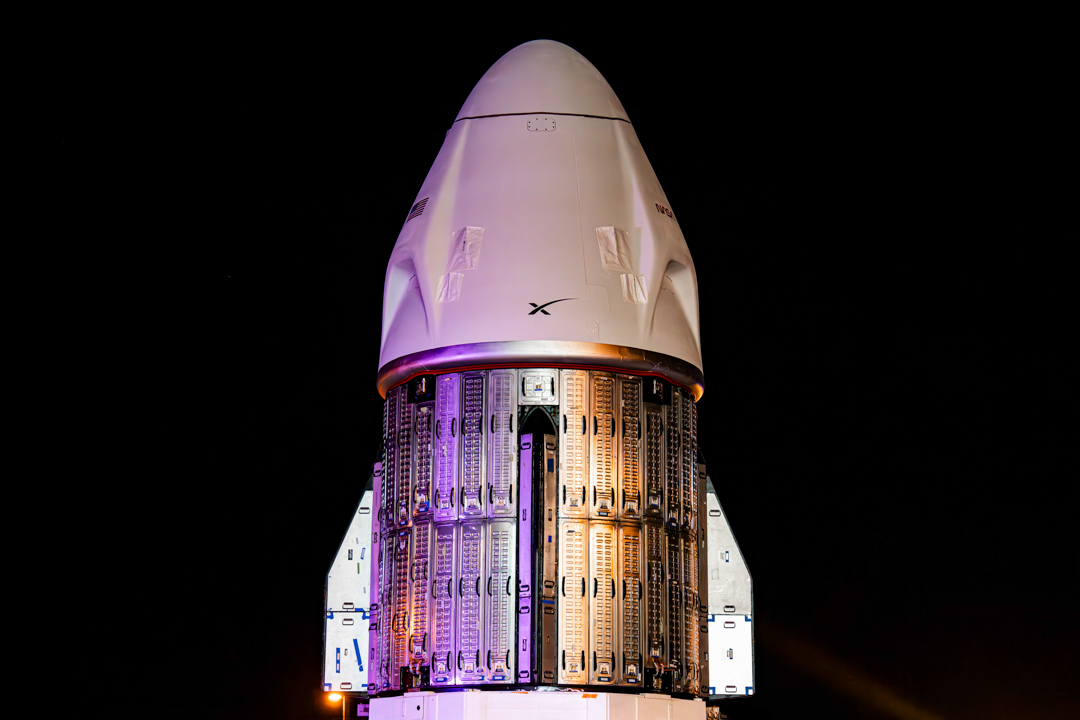
SpaceX will decommission its Dragon spacecraft in response to the intense war of words that President Trump and CEO Elon Musk have entered on various social media platforms today.
President Trump and Musk, who was once considered a right-hand man to Trump, have entered a vicious war of words on Thursday. The issues stem from Musk’s disagreement with the “Big Beautiful Bill,” which will increase the U.S. federal deficit, the Tesla and SpaceX frontman says.
How Tesla could benefit from the ‘Big Beautiful Bill’ that axes EV subsidies
The insults and threats have been brutal, as Trump has said he doesn’t know if he’ll respect Musk again, and Musk has even stated that the President would not have won the election in November if it were not for him.
President Trump then said later in the day that:
“The easiest way to save money in our Budget, Billions and Billions of Dollars, is to terminate Elon’s Government Subsidies and Contracts. I was always surprised that Biden didn’t do it!”
Musk’s response was simple: he will decommission the SpaceX capsule responsible for transporting crew and cargo to the International Space Station (ISS): Dragon.
🚨 Elon says Dragon will be decommissioned immediately due to President Trump’s threats to terminate SpaceX’s government contracts https://t.co/XNB0LflZIy
— TESLARATI (@Teslarati) June 5, 2025
Dragon has completed 51 missions, 46 of which have been to the ISS. It is capable of carrying up to 7 passengers to and from Earth’s orbit. It is the only spacecraft that is capable of returning vast amounts of cargo to Earth. It is also the first private spacecraft to take humans to the ISS.
The most notable mission Dragon completed is one of its most recent, as SpaceX brought NASA astronauts Butch Wilmore and Suni Williams back to Earth after being stranded at the ISS by a Boeing Starliner capsule.
SpaceX’s reluctance to participate in federally funded projects may put the government in a strange position. It will look to bring Boeing back in to take a majority of these projects, but there might be some reluctance based on the Starliner mishap with Wilmore and Williams.
SpaceX bails out Boeing and employees are reportedly ‘humiliated’
-

 Elon Musk2 weeks ago
Elon Musk2 weeks agoTesla investors will be shocked by Jim Cramer’s latest assessment
-

 Elon Musk2 days ago
Elon Musk2 days agoxAI launches Grok 4 with new $300/month SuperGrok Heavy subscription
-

 Elon Musk4 days ago
Elon Musk4 days agoElon Musk confirms Grok 4 launch on July 9 with livestream event
-

 News1 week ago
News1 week agoTesla Model 3 ranks as the safest new car in Europe for 2025, per Euro NCAP tests
-

 Elon Musk2 weeks ago
Elon Musk2 weeks agoA Tesla just delivered itself to a customer autonomously, Elon Musk confirms
-

 Elon Musk1 week ago
Elon Musk1 week agoxAI’s Memphis data center receives air permit despite community criticism
-

 News2 weeks ago
News2 weeks agoXiaomi CEO congratulates Tesla on first FSD delivery: “We have to continue learning!”
-

 Investor's Corner2 weeks ago
Investor's Corner2 weeks agoTesla gets $475 price target from Benchmark amid initial Robotaxi rollout

